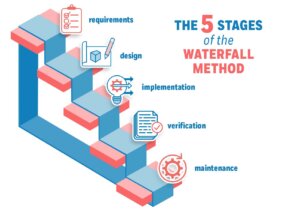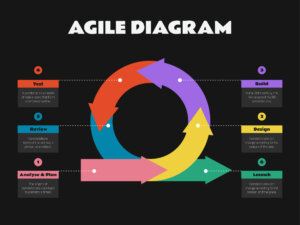When an organization has the function of deploying multiple initiatives, the question arises: should these be managed as projects? Or should program management enter the picture?
If there is an obvious way in which the projects are related, we may opt for program management straightaway. For example: if our organization deploys a few projects per customer, the group containing the initiatives for customer ‘X’ could be deployed as a program. Or if we perform projects containing technologies ‘A’ and ‘B’, the projects requiring product ‘A’ could be treated as a program, separate from the program containing technology ‘B’.
Sometimes it is not obvious, yet we would obtain better results if a set of projects were treated as a program. Examples:
* Projects containing the same issue (say, travel to Iceland)
* Projects containing the same pre-requisite (say, a specific expert’s approval)
* Projects expected to have a similar result (say, energy-saving)
So we could say that to make a good determination, we must analyze the big picture represented by our portfolio of projects in addition to obvious categories, to see if they would benefit from coordinated management of some aspect(s).
Once the determination is made, there are steps we can take to minimize the cost or improve the benefits of the program. Here are a couple:
Set Up Good Program Governance
Projects are ‘managed’; programs are ‘governed’. Setting up program governance means establishing procedures and structure that will help the projects in this program achieve the best possible results. For example, establishing a common risk management framework to be used on all ‘energy-saving’ projects. Or specifying procedures to be followed for all projects belonging to the ‘government’ sector.
Establish High-Level Program Plan
After governance items have been agreed, a high-level plan for this set of projects with a common theme can be drafted. In planning, program management starts to look similar to project management. A series of processes will be performed in order to yield a robust plan for the program. There are myriad articles and publications on good program management, so let us just mention just a couple that may sound familiar if you have studied project management: managing the Program Scope and Program Schedule.
A) Program Scope Management – In this exercise we determine the scope of the particular program (for example, those energy saving projects). We agree what is included; how to resource; expected benefits from this program. We also interface with other departments in the organization -such as marketing- to leverage the program to even greater advantage. Ultimately, planning the program scope will yield a Program Work Breakdown Structure, or PWBS. This PWBS is very useful, because it even mentions deliverables that should be generated by all projects belonging to the program.
B) Program Schedule Management – The schedule of the program is the timetable when the different program work tasks will be executed. It describes not just when certain program components will be deployed, but for the projects belonging to this program, the timing when certain deliverables should be produced.
Hopefully this has been a useful introduction which will provide some food for thought on projects versus programs. In future blog articles we will look at other helpful techniques in the management of a group of projects, which should help you (pun alert!) to stay with the program.
—————————
For more resources, see the Library topic Project Management.
—————————
 Sections of this topic
Sections of this topic












